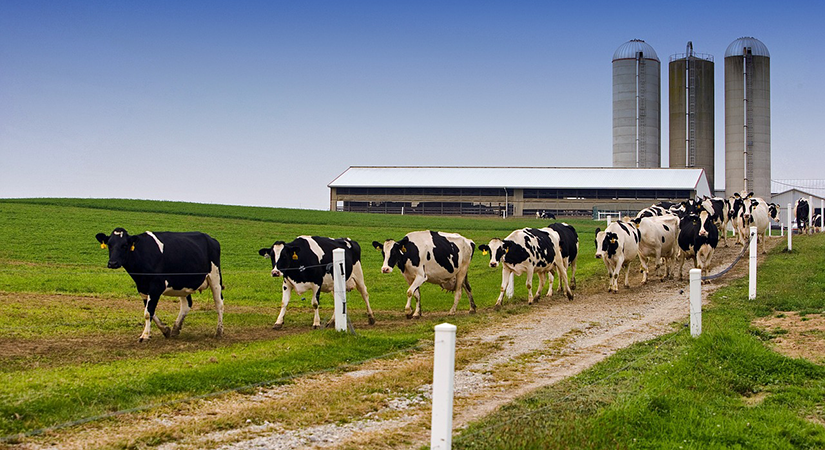
Canada positioned to breed for methane efficient dairy cattle
Mike Edwards
News dairy cattle Dairy Farmers of Canada genetics Genome Canada Holstein Canada Lactanet Canada methane efficiency Semex Alliance
Lactanet Canada has launched the first ever national genetic evaluation aimed at reducing methane emissions from dairy cattle.
Effective April 2023, Methane Efficiency was added to the portfolio of traits evaluated by Lactanet for the Holstein breed, which will be an important tool for Canadian producers.
The collection of methane emission data in research herds was made possible through two large‐scale international projects led by Canadian researchers. These major initiatives received much appreciated funding from Genome Canada as well as the provincial genome centres and ministries.
Pivotal research at the University of Guelph demonstrated the accuracy of predicting individual animal methane emissions for milk‐recorded cows using the milk MIR spectral data.
Further collaboration between Lactanet and Semex Alliance leveraged these initial research results to develop and deliver practical Methane Efficiency evaluations to achieve this global leadership position for Canada.
Methane Efficiency is an important genetic selection tool that allows dairy producers to achieve an expected 20% to 30% reduction in methane emissions from their herd by 2050, without negatively affecting production levels.
In February 2022, Dairy Farmers of Canada announced its goal to reach net‐zero greenhouse gas (GHG) emissions from farm‐level dairy production by the year 2050, with a milestone in 2030.
This target of “Dairy Net‐Zero by 2050” is actively being supported by many dairy cattle industry partners, including the provincial dairy associations, Lactanet Canada, Semex Alliance and national breed associations such as Holstein Canada.
“Lactanet is very proud to make Canada the first country worldwide to introduce genetic evaluations to help our industry reduce methane emissions from dairy herds across the country” stated Lactanet CEO, Neil Petreny.
“This significant accomplishment was made possible by our team of world class geneticists. Their efforts were supported by the vision of the milk‐recording founding partners of Lactanet to collect and store mid‐infrared (MIR) spectral data from millions of milk samples over the past five years”.
Lactanet board chair, Barbara Paquet, highlighted “The introduction of Methane Efficiency as a new genetic selection tool is one of several steps that Lactanet will be taking in support of the new “Sustainability” pillar approved by the Board of Directors as a key element of our strategic plan”.
Print this page